All Stories
-
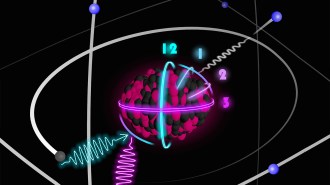 Physics
PhysicsNuclear clocks could outdo atomic clocks as the most precise timepieces
Better clocks could improve technologies that depend on them, such as GPS navigation, and help test fundamental ideas of physics.
-
 Health & Medicine
Health & MedicineAfter 40 years of AIDS, here’s why we still don’t have an HIV vaccine
The unique life cycle of HIV has posed major challenges for scientists in the search for an effective vaccine.
-
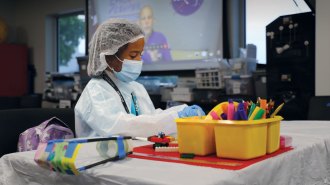 Science & Society
Science & SocietyHow science museums reinvented themselves to survive the pandemic
The pandemic forced science museums to reach out to their communities, and some built a wider following.
By Emily Anthes -
 Paleontology
PaleontologySomething mysteriously wiped out about 90 percent of sharks 19 million years ago
Deep sediments beneath the Pacific Ocean revealed a mystery: a massive shark die-off with no obvious cause.
-
 Science & Society
Science & Society50 years ago, scientists predicted steady U.S. population growth
The country’s annual population growth rate, mostly stable since the 1970s, is now the lowest it’s been in over a century.
By Sujata Gupta -
 Animals
AnimalsNewly recognized tricks help elephants suck up huge amounts of water
New ultrasound imaging reveals what goes on inside a pachyderm’s trunk while feeding. It can snort water at the rate of 24 shower heads.
By Sid Perkins -
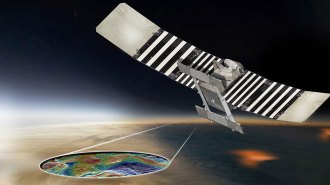 Planetary Science
Planetary ScienceNASA will be heading back to Venus for the first time in decades
Two newly selected missions, VERITAS and DAVINCI+, will explore the history of the planet's water and habitability.
-
 Health & Medicine
Health & MedicineAfter vaccinating 95 percent of adults, a Brazilian city is returning to normal
An experiment to vaccinate all adults against COVID-19 in Serrana shows that widespread immunization drastically cuts hospitalizations and deaths.
-
 Health & Medicine
Health & MedicineA repurposed TB vaccine shows early promise against diseases like diabetes and MS
The potentially helpful effect of the BCG vaccine on type 1 diabetes and other autoimmune diseases is beginning to make sense.
-
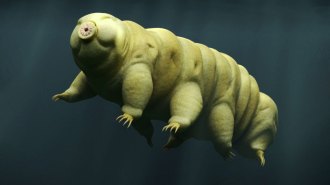 Life
LifeEven hard-to-kill tardigrades can’t always survive being shot out of a gun
A recent experiment put tardigrades’ indestructibility to the test by firing the critters at speeds up to 1,000 meters per second.
-
 Health & Medicine
Health & MedicineVaccinating people in developing countries costs far less than doing nothing
Shots for half the adults in those countries will cost $9.3 billion, the Rockefeller Foundation reports. Doing nothing could cost trillions.
-
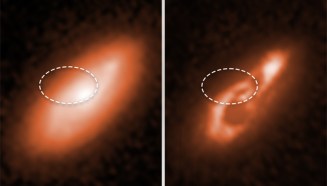 Astronomy
AstronomySome fast radio bursts come from the spiral arms of other galaxies
Tracking five brief, bright blasts of cosmic radio waves to their origins suggests their sources form quickly in regions with lots of star formation.